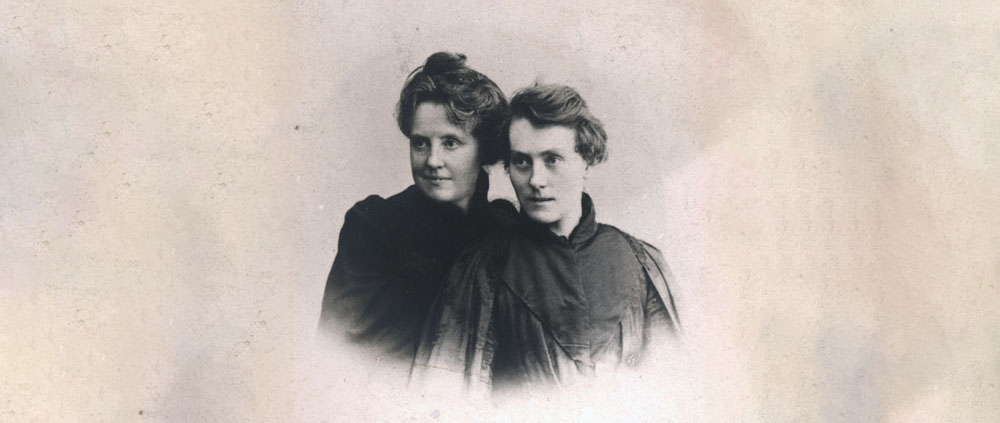By Alessia Colombo, Cataloguer
Michael Field was the poetic identity created by Katharine Harris Bradley (1846-1914) and her niece and sometime lover Edith Emma Cooper (1862-1913). The two women lived together from 1878 exploring shared literary and religious interests and a fluctuating romantic relationship. “Michael Field” was born in 1884 with the publication their first drama Callirhöe – “a work of great promise, exhibiting the true poetic and dramatic fire” (The Spectator). One of the most prolific, intriguing, and provocative literary collaborations of the late Victorian era, Katharine and Edith challenged – both with their writings and lifestyle – the existing conceptions of gender, sexuality, family, individualism, literary canon, authorship, and spirituality.
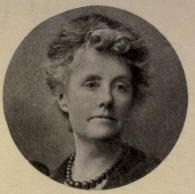
Katharine Bradley
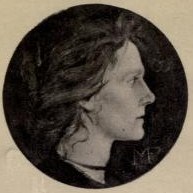
Edith Cooper
Field’s works, comprising eight volumes of poetry, twenty-eight dramas, , and a diary, chart their changing religious and personal stances, moving from atheism to paganism to Catholicism, and are now seen as key works within the fin de siècle aesthetic and decadent movements. Although their work was admired by other contemporary aesthetes including Wilde and Swinburne, their role in the development of aestheticism was not widely critically studied until very recently.
Profoundly fascinated by ancient Greek and Roman literature, Katharine and Edith officially converted to paganism in 1897, their interest starting much earlier. The pair were devoted to the Greek gods, and above all Dionysus, the god of wine and fertility whose cult celebrates nature, pleasure, music, and feminine power. The two writers described themselves as Maenads – the female followers of Dionysus in the myth – and had altars to the god built in their garden; they also owned a large library collection of Dionysian works. In this “modern paganism”, free from all cultural and social constraints, the couple found the terms and symbols to express their fluid identities. This unique engagement with Hellenic mythology and philosophy constitutes one of the most distinctive aspects of Michael Field’s aestheticism: Robert Browning, friend and mentor of the couple, referred to Katharine and Edith as “my two dear Greek women”.
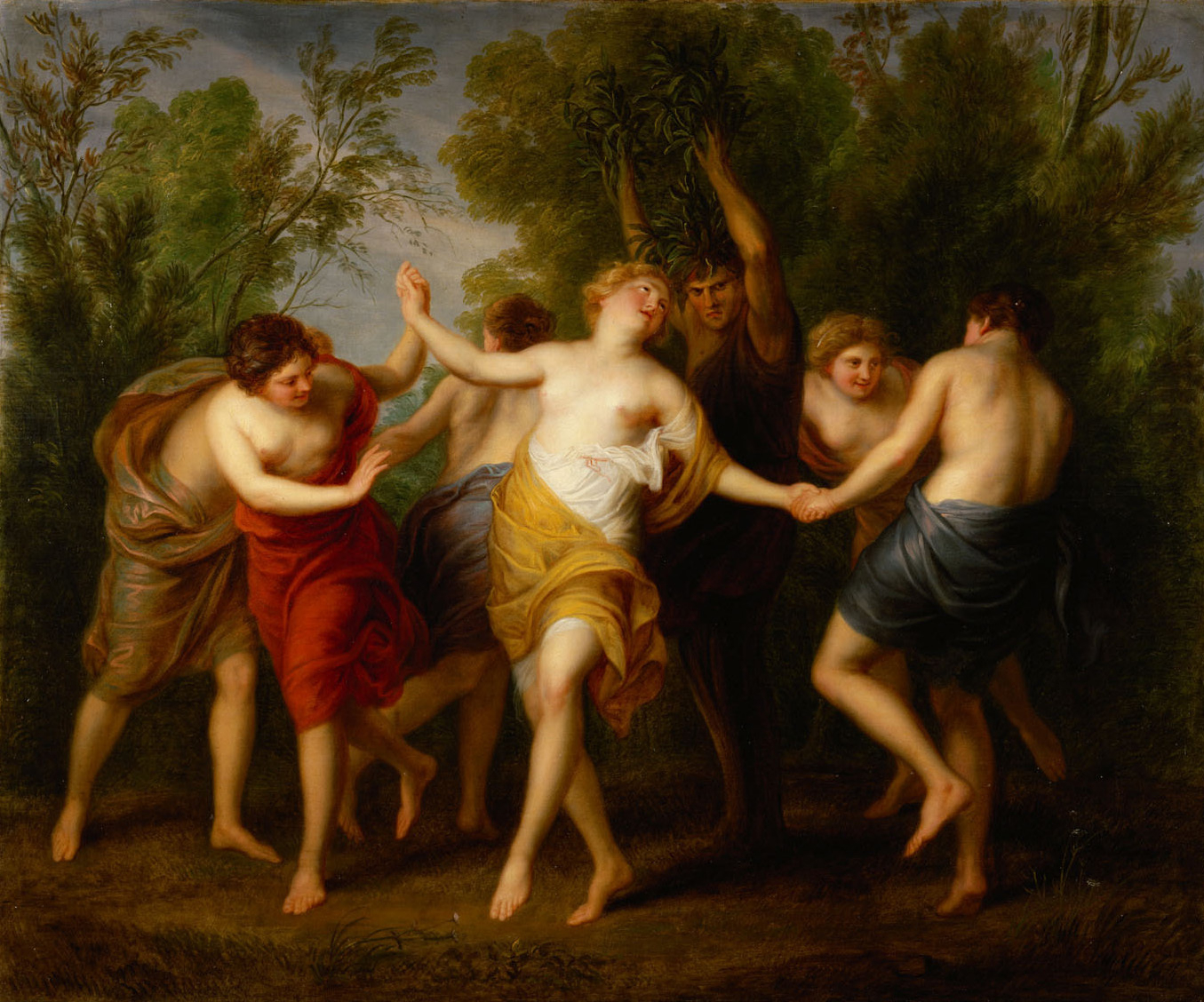
Andries Cornelis Lens, Dance of the Maenads, (c. 1765). Public domain, via Wikimedia Commons
One of Michael Field’s key explorations into the pagan world, and perhaps their most experimental work to appear in the early 1890s, is the trialogue Stephania (1892). Set in Rome in 1002 CE, it tells the story of the deposed empress and poet Stephania, as she avenges the death of her husband, Emperor Crescentius, murdered by Otho. A potent figure of female agency, sexual empowerment, and social autonomy, the protagonist of this closet drama was conceived as an instrument in Field’s own fight to emancipate the role of women and legitimise gender transgressive identities.
An exceptional first edition copy of Stephania we were lucky to see pass through our hands contained a presentation slip inscribed by the authors: “From Michael Field with greetings 1895”.
The emblem appearing on the presentation slip, designed by Selwyn Image, depicts a thyrsus, a sacred staff surmounted by a pinecone that was carried by Dionysus’s Maenads in the myth; joined by the thyrsus are two interlocked wreaths or wedding bands. It appeared on their private papers, in Stephania (almost hidden at the end of the book opposite the final page of text), and prominently displayed on the cover of their poetry collection Underneath the Bough (1893).
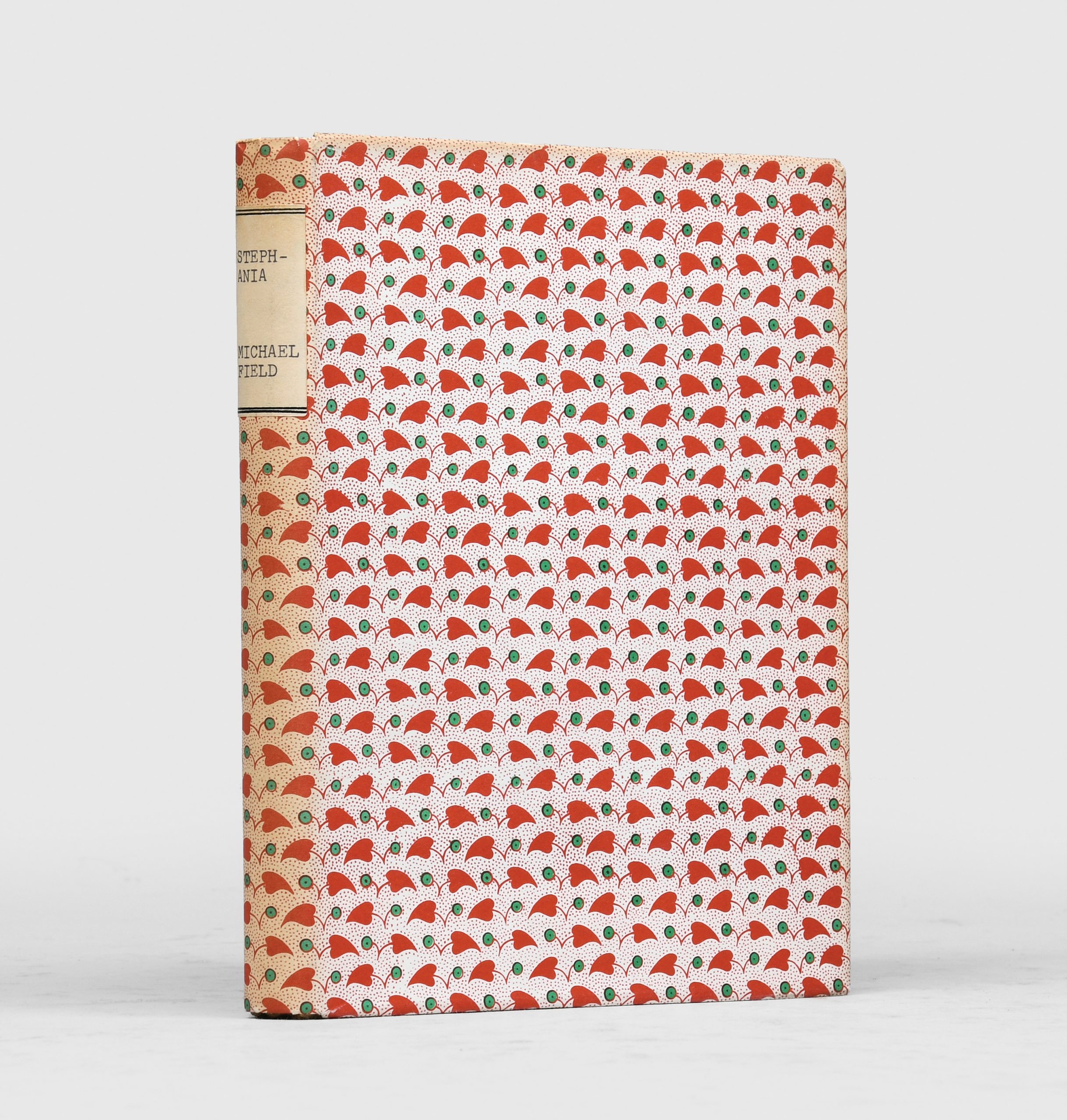
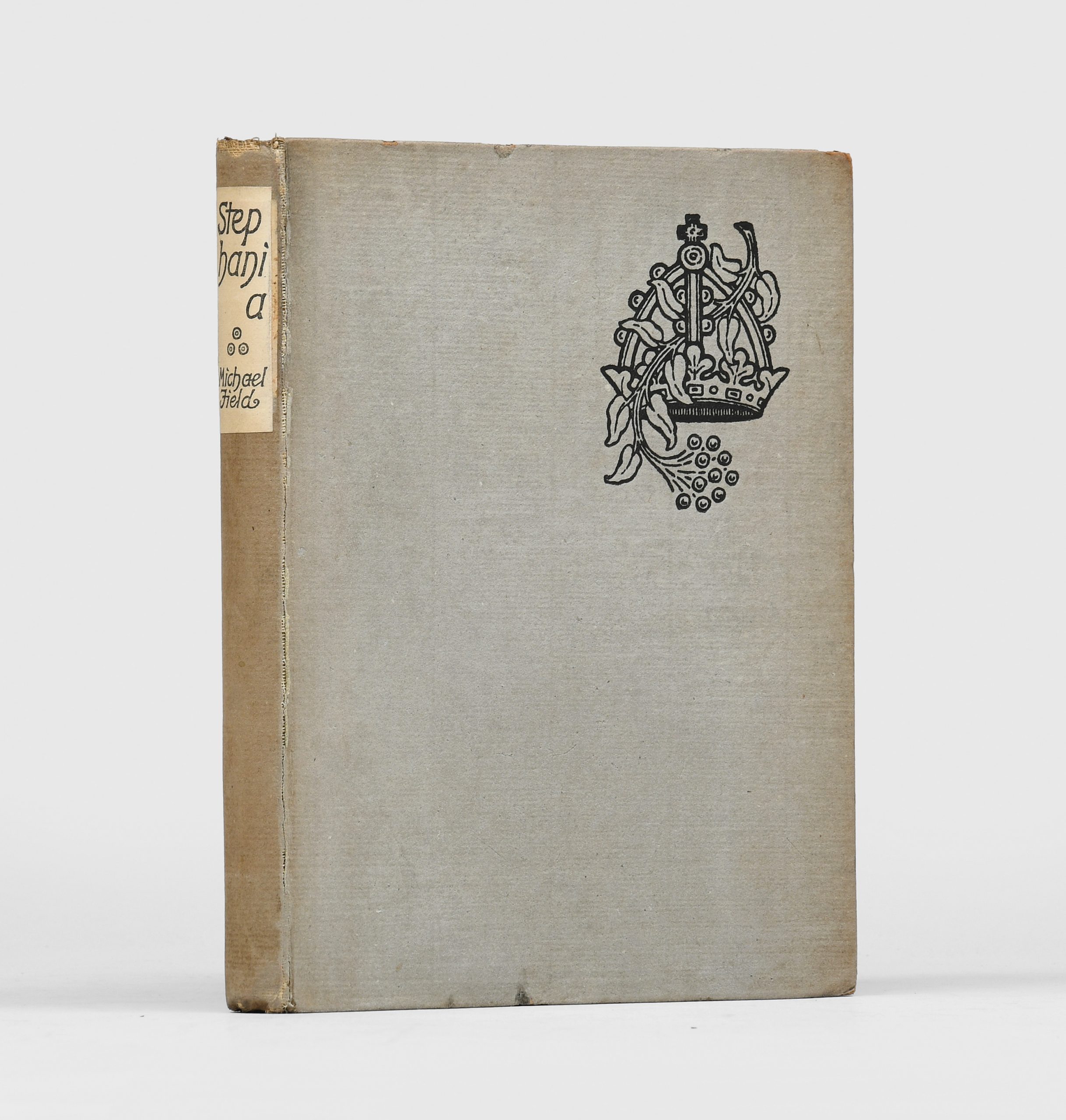
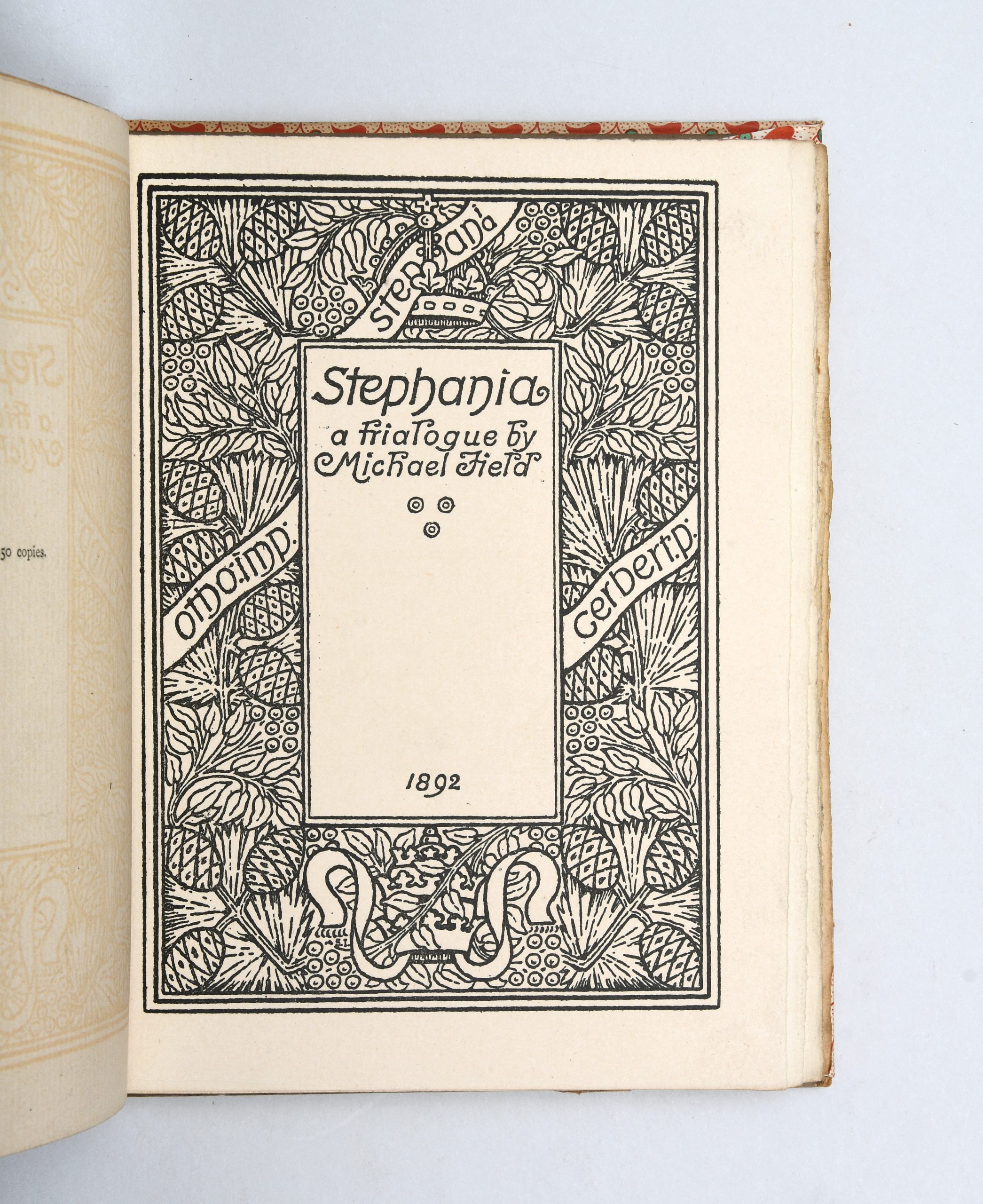
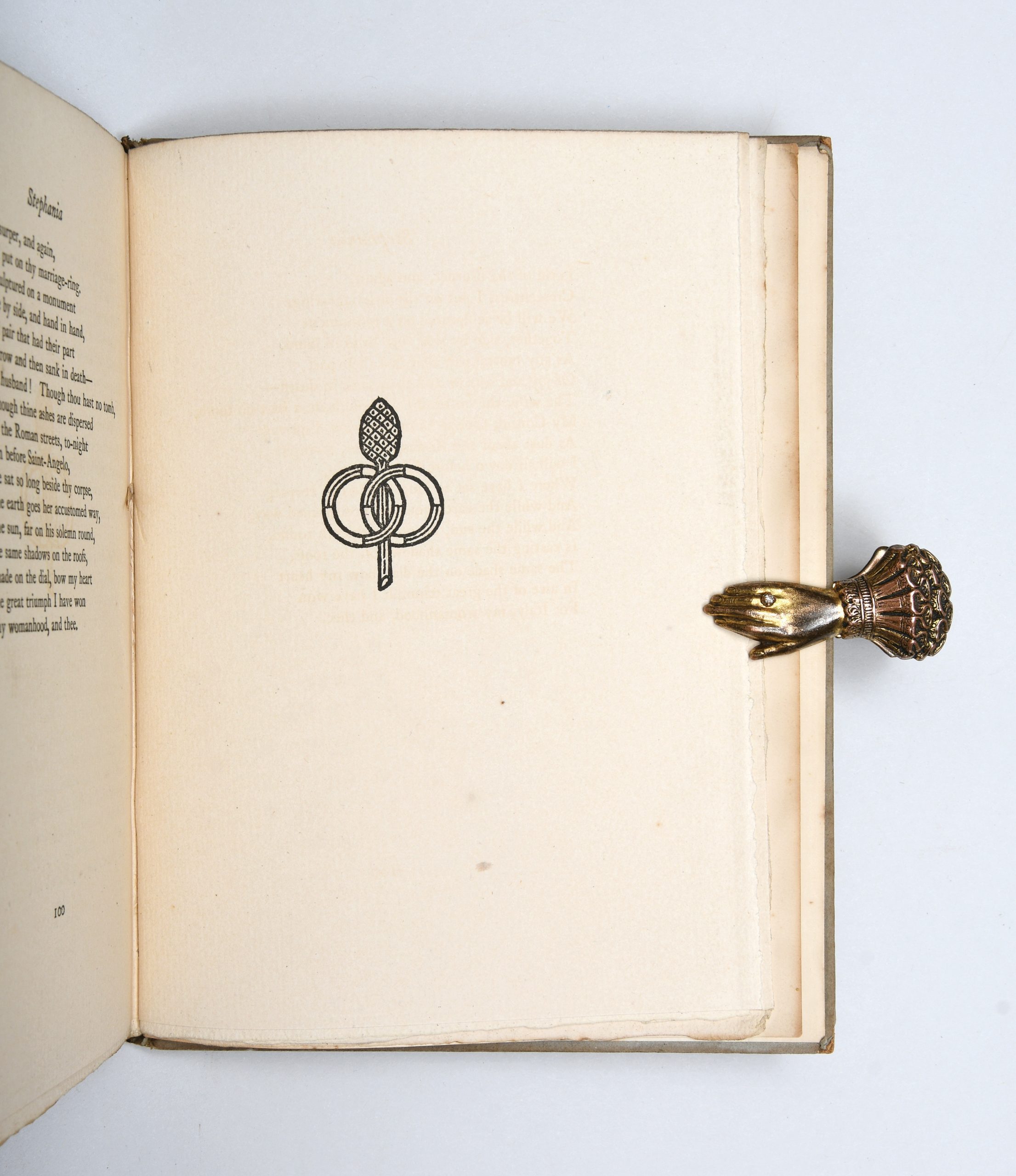
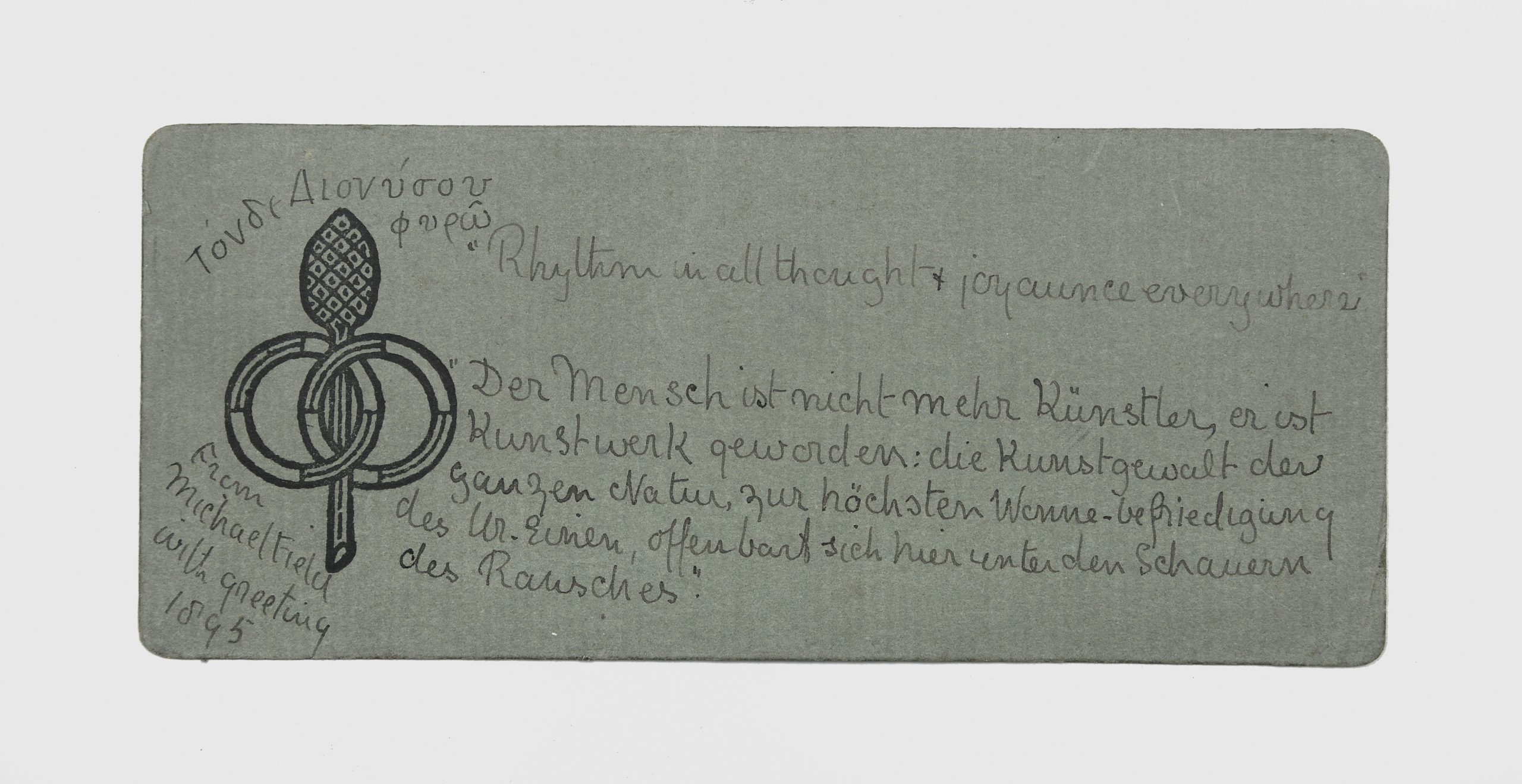
First edition, first impression, of Stephania, one of 250 copies, together with a presentation slip loosely inserted inscribed by the authors
Three further autograph quotes on the slip bring together even more the Dionysian flavour of Bradley and Coopers’s aestheticism. Right above the thyrsus is an appropriate Greek quote from Euripides’s Bacchae: “τόνδε Διονύσῳ φορῶ” (“I carry it, but it belongs to Dionysus”). In the tragedy, Dionysus speaks these words to Pentheus, right before handing his thyrsus over to him. Euripides’s Bacchae – which follows the myth of Pentheus, king of Thebes, torn apart by the Maenads because he refused to accept Dionysus as a god – inspired the characterization of Field’s maenads in their Callirhöe (1884).
The second quote is from Samuel Taylor Coleridge’s poem The Eolian Harp (1796): “rhythm in all thought & joyaunce everywhere”. In the 19th -century poetical discourse, the aeolian harp – a musical instrument played by the wind – became a recurring symbol of the harmony between poetry, music, and nature. Wind, rhythm, and a profound sense of communion with nature are also associated to maenadic worship, which involved performing celebratory dances in the wild in honour of Dionysus. All these themes appear in Field’s early writings, and a poem titled “An Aeolian Harp”, perhaps inspired by Coleridge, was first published by Field in the Contemporary Review 55 (1889).
The last quote is from the first chapter of Nietzsche’s The Birth of Tragedy (1872): “der mensch ist nicht mehr künstler er ist kunstwerk geworden: die kunstgewalt der gangen natur, zur hochsten wonne-befriediging des einen, offenbant sich nien entenden schauerm des rausches” (“The man is no longer an artist; he has become a work of art: the artistic power of all of nature, to the highest rhapsodic satisfaction of the primordial unity, reveals itself here in the transports of intoxication”). Earlier in the same passage, Nietzsche had introduced the “magic of the Dionysian”, which is here further characterised as the power of reconciliating man with nature. Nietzsche’s pioneering work on Greek tragedy, notoriously describing the history of the tragic genre as a dichotomy between its Dionysian and the Apollonian elements, redefined the significance of Dionysus for the Victorian audience. Parejo Vadillo notes that Field “was among the very few British writers who recognized Nietzsche’s importance for modernity … Even before they had heard of Nietzsche they had arrived to the conclusion of The Birth of Tragedy: that the reintroduction of the Dionysian rapturous and ruptured element of life as found in Greek drama would prompt the emergence of a modern spirit” (Vadillo 2015). Indeed, “the Bacchic aestheticism of Michael Field represents an English counterpart to Nietzsche’s better-known theories expressed in his controversial early work The Birth of Tragedy (1872) and taken up again in the later Twilight of the Idols (1888)” (Evangelista, 2009). In their diary, Edith noted: “We have met in Nietzsche’s works a real Bacchic voice crying in the wilderness” (Works and Days).
Michael Field’s aestheticism inspired every aspect of their books, from the contents to the bindings, and their volumes are notoriously beautiful. The first edition of Stephania, for example, is bound in white parchment with gilt ornaments on the covers: this material, mimicking the appearance of vellum, is particularly appealing for its antique allure and marmoreal aesthetic.
If you’d like to discuss building a poetry collection with Alessia or one of our other specialists, don’t hesitate to get in touch.

